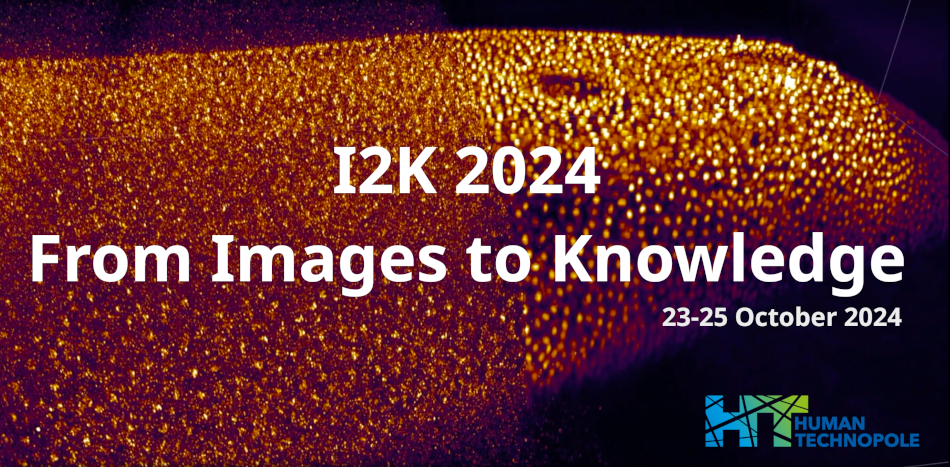This session will provide hands-on experience with BiaPy's user-friendly workflows, zero-code notebooks, and Docker integration, empowering participants to tackle complex bioimage analysis tasks with ease. Whether you are a novice or an experienced developer, discover how BiaPy can streamline your image analysis processes and enhance your research capabilities in life sciences.
💻 Workshop...
In this workshop, we will explore CellProfiler's options for interfacing with other open-source tools, including Cellpose, ImageJ, and ilastik. We will introduce resources on creating additional CellProfiler plugins, but focus will be on the use of existing interfaces and plugins. Basic CellProfiler comfort not 100% mandatory but strongly encouraged.
Modern microscopy and other scientific data acquisition methods generate large high-dimensional datasets exceeding the size of computer main memory and often local storage
space. In this workshop, you will learn to create lazy processing workflows with ImgLib2, using the N5 API for storing and loading large n-dimensional datasets, and how to use Spark to parallelize such workflows on compute...
This workshop will provide hands-on demonstrations of non-linear image registration workflows essential for various applications in biomedical research (multi-modal imaging, thin slices alignment to 3D atlas, and cyclic IF).
We will showcase the use of imglib2-based tools such as BigWarp, Warpy, and ABBA, highlighting their capabilities in performing complex image registrations. Attendees...
This workshop we will show the latest advancements in ilastik, a user-friendly machine learning-based image analysis software that requires no prior machine learning expertise. We will explore how to work with multiscale ome-ngff data (ome-zarr), enhancing ilastik's ability to handle large and complex datasets. Additionally, we will discuss improvements in integration with segmentation tools...
The Segment Anything Model (SAM) by Meta is a transformer model trained on 11 million images and 1.1 billion masks, known for its exceptional generalization and zero-shot segmentation capabilities. In under a year, SAM has been cited in over 2,500 papers and has been widely adopted for specialized tasks like medical imaging and microscopy. This proposed course will provide hands-on guidance...
Extracting information from the acquired images is the final, necessary step to obtain quantitative information from your Microscopy experiments.
This process is known as Image Analysis and group a series of complex approaches requiring specialized personnel with solid computer science background and, usually, good programming skills. In this workshop we will introduce ZEISS arivis, the...

